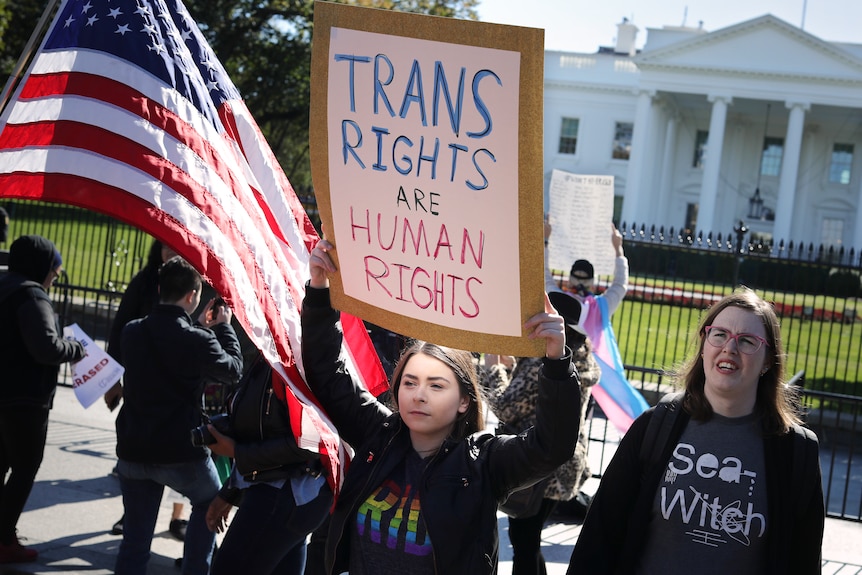In 2011, long before Donald Trump officially entered the political arena as a presidential candidate, he was invited to speak at a conservative convention by a somewhat unexpected group—a gay Republican organization. This invitation marked his initial significant foray into politics, and it wasn’t orchestrated by the Christian right or any far-right faction, but rather by GOProud, a relatively small but influential group of gay conservatives.
GOProud, founded by Christopher R. Barron and Jimmy LaSalvia, had emerged from a split with the Log Cabin Republicans, the largest and oldest gay Republican organization in the United States. Barron and LaSalvia felt that Log Cabin Republicans were too liberal and moderate, so they branched out to form GOProud, aiming to make a bold statement within the conservative movement. Their breakthrough moment came in 2011 when they secured a spot at the Conservative Political Action Conference (CPAC), becoming the first LGBTQ organization to attend and co-sponsor the event. To make an even greater impact, they invited Donald Trump to speak, and he accepted, marking the beginning of his complex relationship with the LGBTQ community and the Republican Party.
This relationship between gay conservatives and the Republican Party, however, wasn’t new. It can be traced back decades to figures like Robert Bauman and Marvin Liebman, who were deeply intertwined with the conservative movement, despite living double lives as closeted gay men. Both were close associates of William F. Buckley Jr., a key figure in modern American conservatism. Bauman, a devout Catholic and right-wing activist, and Liebman, who briefly married before his union was annulled, were staunchly anti-communist. During the Lavender Scare—a period when the U.S. government purged thousands of gay employees—they believed that rooting out communism was more important than the rights of gay workers, a stance that reflected the complicated and often contradictory logic of their time.
Fast forward to the 2010s, and the influence of gay conservatives on the Republican Party took on a new form with the rise of figures like Milo Yiannopoulos, a British-born provocateur who became a vocal supporter of Trump. Yiannopoulos, who later declared himself “ex-gay,” embraced Trump’s persona as a symbol of fun and rebellion against political correctness, drawing parallels between Trump’s flamboyant style and the once-celebrated decadence of LGBTQ culture. His message, however, was less about rallying LGBTQ voters and more about appealing to disaffected young, straight, white men who felt alienated by modern society’s increasing emphasis on inclusivity.
Despite these early overtures to the LGBTQ community, Trump’s actions once in office told a different story. His administration quickly rolled back LGBTQ rights, most notably by banning transgender individuals from serving in the military and appointing conservative Supreme Court justices who could further erode these rights. This shift has been met with a surge in state-level anti-LGBTQ legislation, particularly targeting transgender rights, which remain a deeply contentious issue within the Republican Party.
As Trump continues to push his anti-transgender agenda in his current bid for the presidency, it raises critical questions about the future of gay conservatives in the Republican Party. While some argue that LGBTQ representation within the GOP is essential for advancing gay rights, others, like historian Dr. Neil J. Young, are skeptical. They fear that aligning with a party increasingly hostile to LGBTQ rights could undermine the progress that has been made. However, Dr. Young also acknowledges that bipartisan representation is crucial, suggesting that true equality and protection of LGBTQ rights can only be achieved when the community has a voice in both major political parties.
